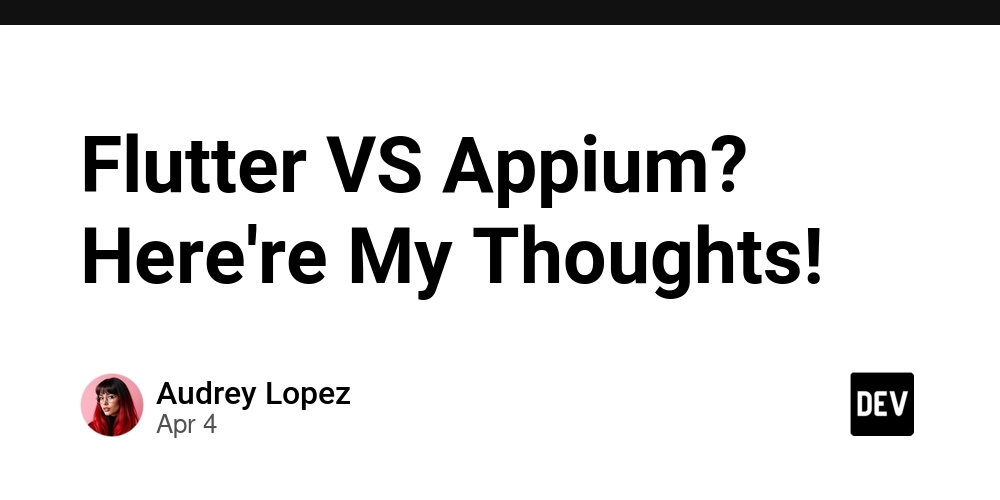Dev
3w
74

Image Credit: Dev
Flutter VS Appium? Here're My Thoughts!
- Mobile development and testing frameworks continue to evolve rapidly, with Flutter and Appium being two prominent tools in the space.
- The article provides a detailed comparison of Flutter and Appium in terms of architecture, performance, integration, and community support.
- Apidog, a Postman alternative for API testing, is also introduced as a valuable tool for efficient testing practices in software projects.
- Flutter is a UI toolkit for building native applications, while Appium is a cross-platform test automation framework for mobile apps.
- Flutter offers widget-based composition, efficient hot reload, and state management for scalable applications.
- Appium operates on a client-server model, supports multiple drivers, and enables device-agnostic testing for real devices, emulators, and simulators.
- In testing approaches, Flutter provides unit, widget, and integration testing, while Appium focuses on end-to-end automation and cross-technology testing.
- Flutter's community support benefits from Google's backing and a growing ecosystem, while Appium's reach extends to testing any mobile app with an active forum and open-source community.
- Performance considerations show Flutter's native-like speed and custom rendering engine, while Appium's testing overhead is mitigated through parallel execution and native optimization.
- Both frameworks are expected to remain relevant, with Flutter expanding into desktop and web, and Appium evolving to support emerging technologies and the W3C WebDriver Protocol.
- In conclusion, neither Flutter nor Appium replaces the other, as they cater to different needs in mobile development; Apidog can enhance workflow efficiency in both Flutter development and Appium testing.
Read Full Article
4 Likes
For uninterrupted reading, download the app